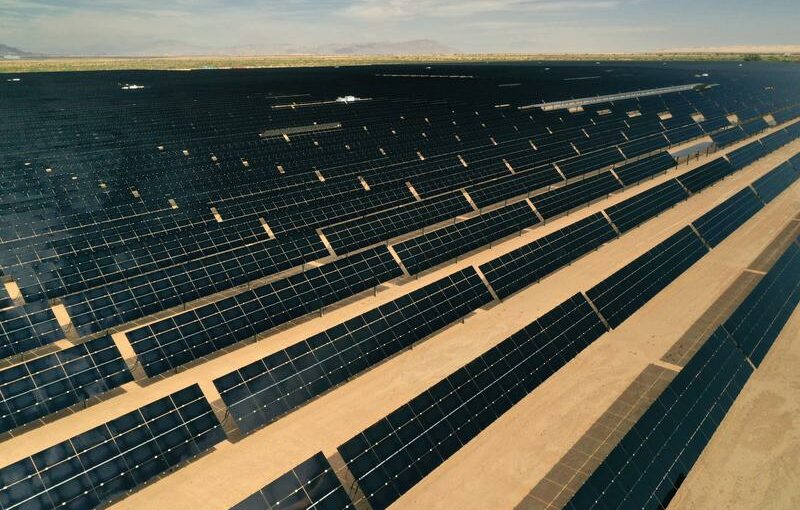(Reuters) – Jobs in the U.S. solar industry fell nearly 7% last year due to work restrictions related to the coronavirus pandemic and large gains in labor efficiency, according to an industry report published on Thursday.
The decline extends a volatile period for solar sector jobs, which have yet to return to a peak reached in 2016 before the U.S. imposed tariffs on foreign-made panels that increased prices.
Still, the solar sector is among the fastest-growing segements of the U.S. energy industry, driven by demand from governments and businesses seeking to source cheap, emissions-free power to satisfy customer, taxpayer and investor demands to address climate change.
There were 231,474 workers in the solar industry in 2020, according to the annual report from the Solar Energy Industries Association trade group, down from 248,034 in 2019.
Stay-at-home orders and a weakened economy slowed demand for solar, particularly in the labor-intensive residential sector, it said.
Labor productivity also rose 19% and 32% in the residential and utility-scale markets, respectively, due to shifts to online selling and an increase in the average size of projects.
Abigail Ross Hopper, president of the Solar Energy Industries Association, which published the report, said she expected the decline to be temporary.
“We will see lots more jobs created this year,” she said.
U.S. President Joe Biden has pledged to decarbonize the U.S. economy by 2050, including the power sector by 2035. It will take 900,000 solar workers to meet that goal, the analysis found.
While Biden has promised his clean energy push will create union jobs that pay well, skeptics point out that solar jobs currently come with lower wages and are less likely to be union-represented than those in the oil and gas industries.
About 10% of the solar industry is unionized, the report found, just below the U.S. average.
Source: Read Full Article
